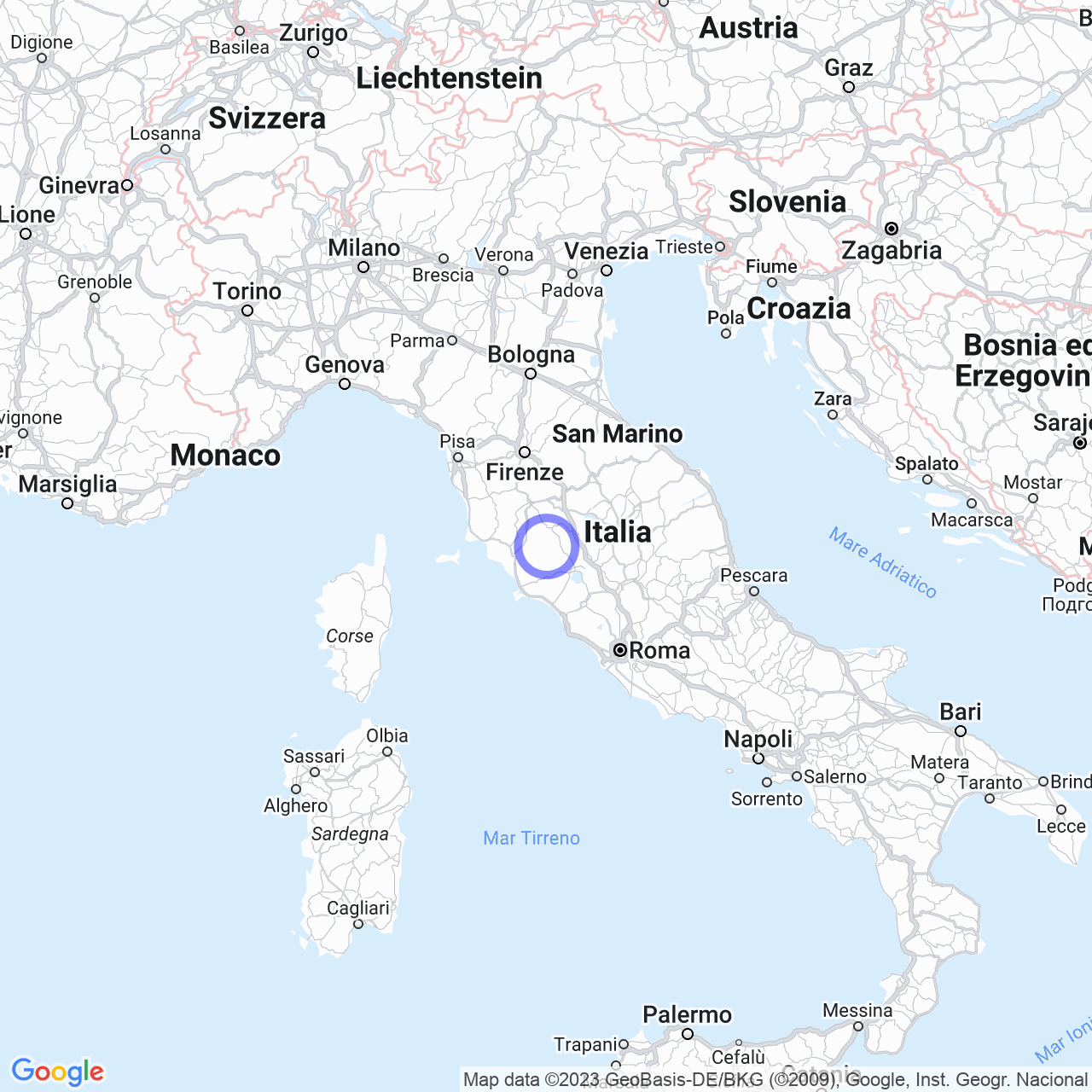Montegiovi
A visit to Montegiovi: the Tuscan village between history and art
Montegiovi is a small hamlet in the municipality of Castel del Piano, located on the western slope of Mount Amiata in the province of Grosseto, Tuscany. Despite its small size, the village is rich in history and art, with notable monuments that testify to the area's past.
Physical geography
Montegiovi is situated on a hill overlooking the first stretch of the Grosseto Val d'Orcia, just 50 kilometers from Grosseto and less than 6 from the municipal capital. The privileged position on Mount Amiata provides the village with a breathtaking view of the Tuscan countryside.

History
Montegiovi has a millenary history that dates back to the Middle Ages. In a document from 1209, Emperor Otto IV of Brunswick confirmed the Diocese of Chiusi's possession of half of the castle. The village developed between the 11th and 12th centuries and was then subjugated to the Republic of Siena in 1217. Over the centuries, the village came under the influence of the Tolomei, Bonsignori, and Salimbeni families, before eventually falling under the direct jurisdiction of Siena in the 15th century. In 1555, it was incorporated into the Grand Duchy of Tuscany, and eventually merged with Castel del Piano.
Monuments and places of interest
Montegiovi is famous for its monuments and places of interest, making it an ideal destination for history and art enthusiasts.
Religious architecture
The Church of San Martino, first mentioned in the tenth of 1302-1303, has been modified over the centuries and contains three paintings of great interest inside. Two works by Francesco Nasini, the Madonna of the Rosary with Saints Dominic and Catherine of 1643 and the Madonna Enthroned with the Child, St. Giovannino, and a Holy Nun of 1692. In addition, one can also admire a St. Catherine in ecstasy from the XVII century.
The Church of Our Lady of Slaves, rebuilt in 1868 in Neorenaissance style, houses the fresco of the Madonna and Child of the XV century and a crucifix of the XV century frescoed by the Sienese school.
The Chapel of St. Helena, an ancient church adjacent to the city walls, constituted the noble chapel of the ancient castle, now disappeared. Made of trachytic stone masonry with a bell tower, the single-nave interior has a wooden beam roof.
Military architecture
The walls that enclosed the village of Montegiovi have been partially destroyed, but some traces of the walls and the Porta Sant'Elena through which one enters the historic center remain. In the southwestern part of the village, an imposing structure is visible, probably remains of the ancient keep incorporated now into the dwellings.
Food and Drink
Montegiovi also offers the opportunity to taste its delicious local products. For example, the Montecucco DOC wine and extra-virgin olive oil are highly appreciated. The La Torre Montegiovi restaurant offers typical Tuscan cuisine with a panoramic view of the Val d'Orcia.
Outdoor activities
The area around Montegiovi is ideal for excursions and outdoor activities. Mount Amiata offers numerous opportunities for trekking, horse riding, cycling, and winter sports.
Montegiovi is, therefore, the ideal destination for a day trip to discover the history and art of Tuscany, among the breathtaking landscapes of the Val d'Orcia and the typical flavors of local cuisine.
